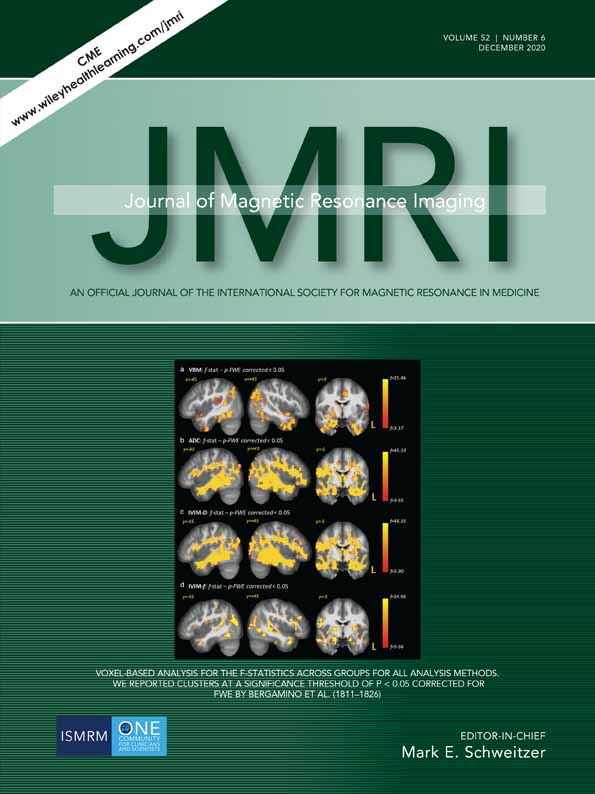Resting-State Power and Regional Connectivity After Pediatric Mild Traumatic Brain Injury
This research was supported by grants from the National Institutes of Health (https://www.nih.gov; grant numbers NIH 01 R01 NS098494-01A1 and -03S1A1) to Andrew R. Mayer. The NIH had no role in study review, data collection and analysis, decision to publish, or preparation of the article.
Abstract
Background
Physiological recovery from pediatric mild traumatic brain injury (pmTBI) as a function of age remains actively debated, with the majority of studies relying on subjective symptom report rather than objective markers of brain physiology.
Purpose
To examine potential abnormalities in fractional amplitude of low-frequency fluctuations (fALFF) or regional homogeniety (ReHo) during resting-state fMRI following pmTBI.
Study Type
Prospective cohort.
Population
Consecutively recruited pmTBI (N = 105; 8–18 years old) and age- and sex-matched healthy controls (HC; N = 113).
Field Strength/Sequence
3T multiecho gradient T1-weighted and single-shot gradient-echo echo-planar imaging.
Assessment
All pmTBI participants were assessed 1 week and 4 months postinjury (HC assessed at equivalent timepoints after the first visit). Comprehensive demographic, clinical, and cognitive batteries were performed in addition to primary investigation of fALFF and ReHo. All pmTBI were classified as “persistent” or “recovered” based on both assessment periods.
Statistical Tests
Chi-square, nonparametric, and generalized linear models for demographic data. Generalized estimating equations for clinical and cognitive data. Voxelwise general linear models (AFNI's 3dMVM) for fALFF and ReHo assessment.
Results
Evidence of recovery was observed for some, but not all, clinical and cognitive measures at 4 months postinjury. fALFF was increased in the left striatum for pmTBI relative to HC both at 1 week and 4 months postinjury; whereas no significant group differences (P > 0.001) were observed for ReHo. Age-at-injury did not moderate either resting-state metric across groups. In contrast to analyses of pmTBI as a whole, there were no significant (P > 0.001) differences in either fALFF or ReHo in patients with persistent postconcussive symptoms compared to recovered patients and controls at 4 months postinjury.
Data Conclusions
Our findings suggest prolonged clinical recovery and alterations in the relative amplitude of resting-state fluctuations up to 4 months postinjury, but no clear relationship with age-at-injury or subjective symptom report.
Level of Evidence
1
Technical Efficacy
2 J. MAGN. RESON. IMAGING 2020;52:1701–1713.
Open Research
Data Availability Statement
The data that support the findings of this study will be openly available in FITBIR at fitbir.nih.gov, reference number FITBIR-STUDY0000339 at the conclusion of this study.




